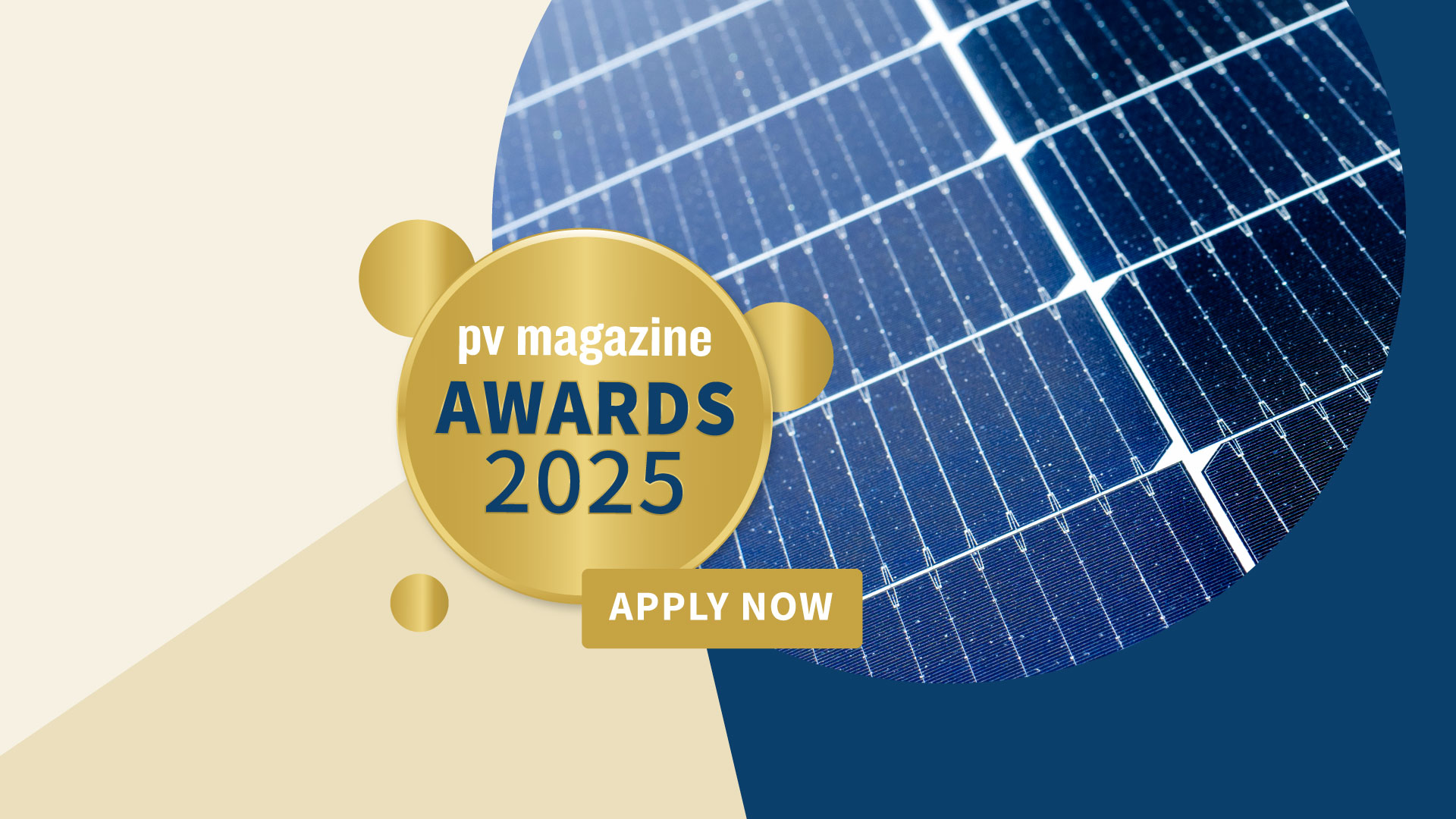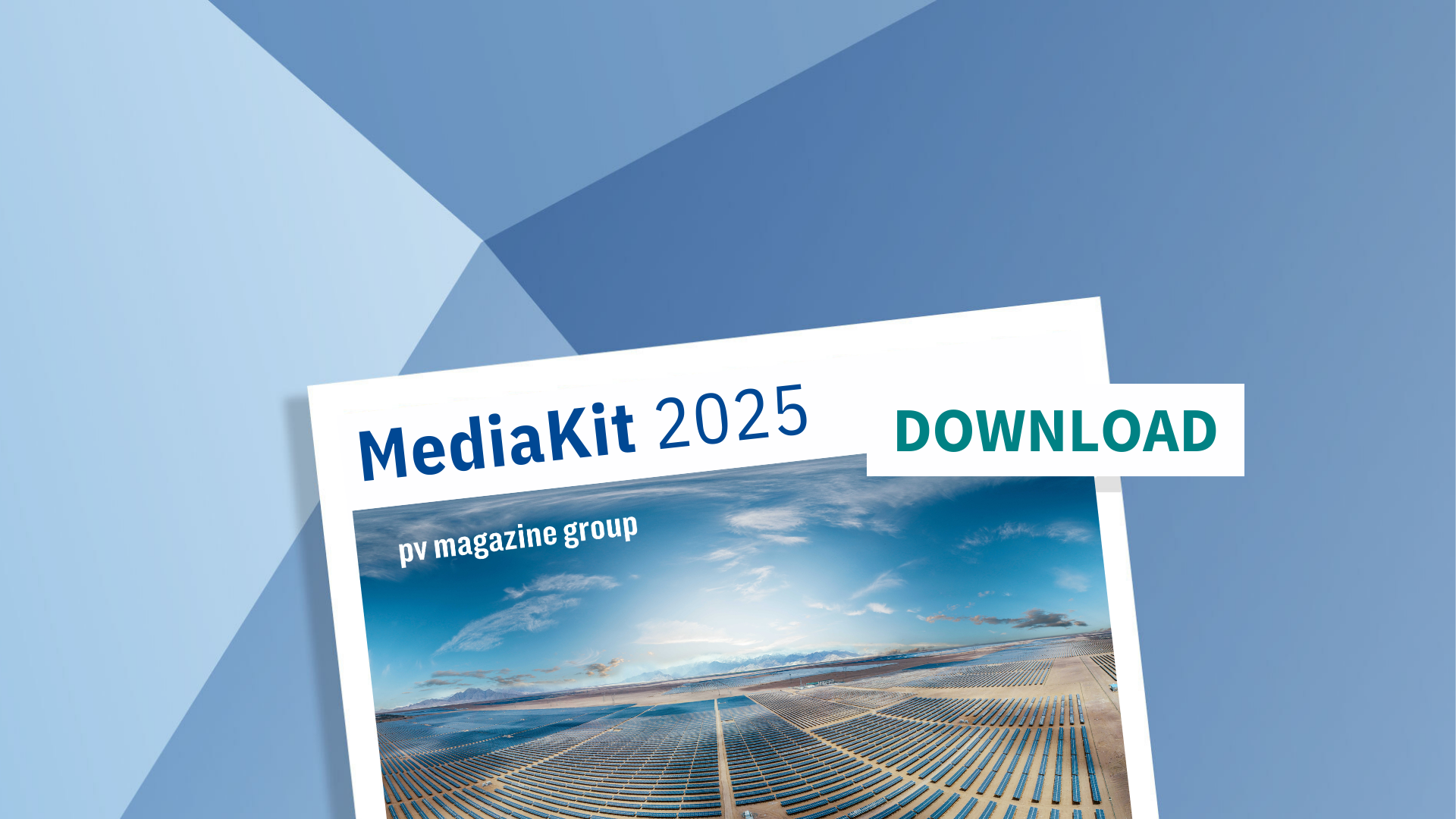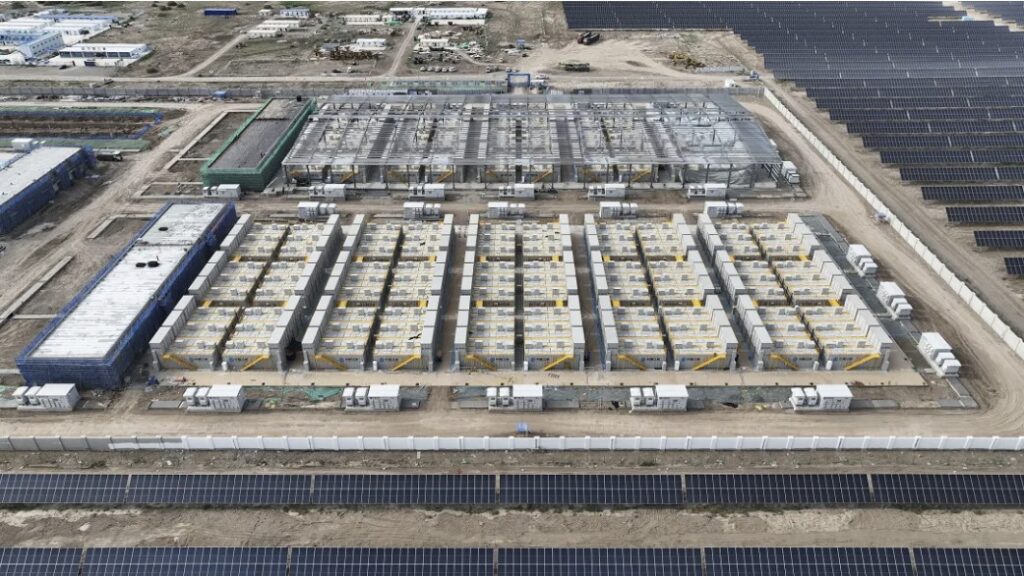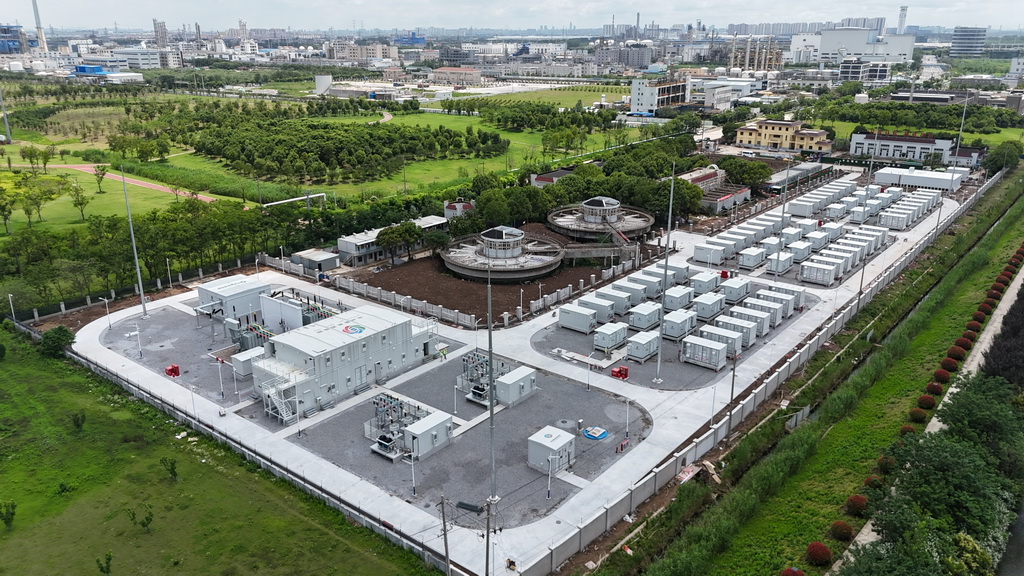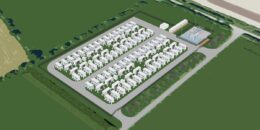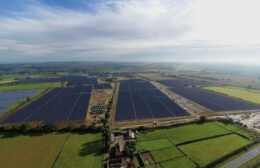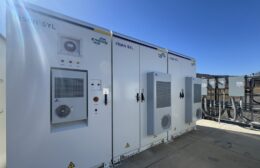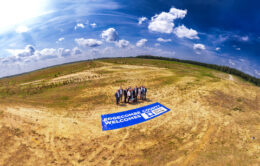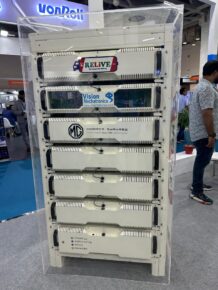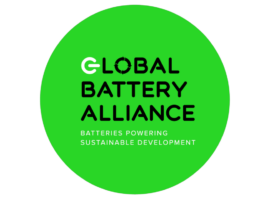Batteries key to German solution to grid capacity constraints
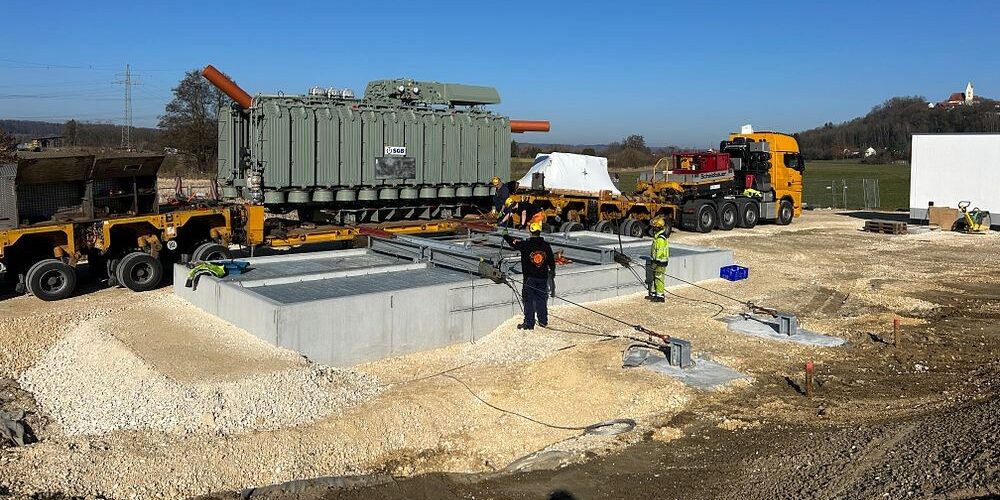
German electricity distribution companies LEW Verteilnetz and Eon-owned Bayernwerk have launched pilot schemes for their proposed feed-in socket solution to grid capacity constraints.
The socket would provide a connection point for renewable energy and large-scale battery systems to feed into the electricity distribution grid. Announcing the idea last year, the power companies said clean energy and battery developers could apply for socket capacity for their projects.
With the 80 megavolt ampere transformer needed for the feed-in socket having arrived at LEW Verteilnetz’s Balzhausen substation, the utility said a tender to allocate socket capacity attracted 20 bids from developers representing 445 MW of renewables and energy storage capacity.
LEW Verteilnetz selected three battery energy storage systems (BESS), with a total project capacity of 61 MW; three solar sites with a total 44 MW of generation capacity; and a 22 MW wind farm.
The feed-in socket at Balzhausen is set to be commissioned in the fall.
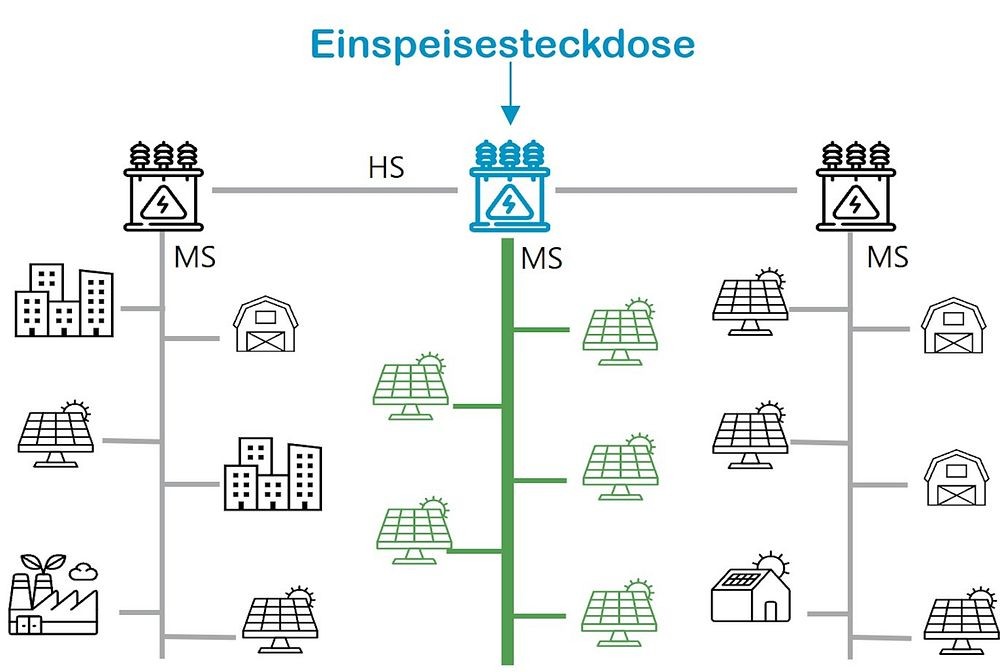
Image: LVN
“Through the intelligent combination of solar and wind power with grid-neutral battery storage, the existing grid capacity is utilized more than optimally,” stated LEW Verteilnetz. “The total output of the connected systems is almost 60% higher than the technical output of the transformer.”
While the photovoltaic and wind sites have complementary generation profiles, the BESS must behave grid-neutrally during high feed-in intensity periods. Grid-neutrality means the BESS require no grid capacity during periods when there is high feed-in, via the socket, of solar and wind power. That should ensure transformer and power grid will be “permanently utilized optimally,” and means the connected generation and storage sites don’t have to be scaled down in capacity in line with the profile of peak grid demand.
“The feed-in socket pilot project offers solutions to some of the most pressing issues currently facing the expansion of renewable energy: the temporal and spatial coordination of new plants, the optimal use of infrastructure through overbuilding, and an overall faster and more efficient process for grid connection than the current legal framework,” said LEW Verteilnetz Project Manager Marco Wagler. “However, the regulatory framework still needs to be adjusted for widespread implementation; so far, the feed-in socket is a pilot project.”
From pv magazine Deutschland.


